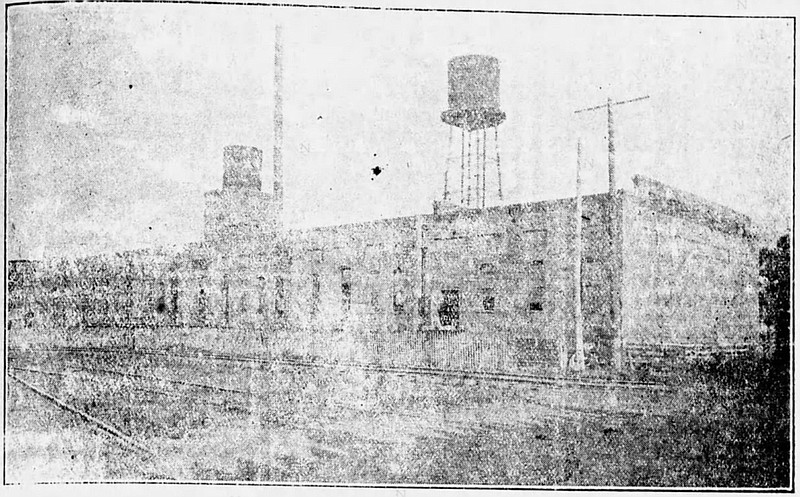Before the Reconstruction period after the Civil War, cotton gins dumped millions of pounds of cotton seeds into nearby rivers. In the meantime, cotton seeds had been valued in the West Indies for over a century for their medicinal properties and their use as an oil in cattle feed and oil lamps.
Eventually, the accumulation of cotton seeds in the American South led to innovation and the development of an extremely profitable cottonseed crushing industry.
Initially, animal- or water-powered pestles crushed the cotton seeds until oil was extracted, but the process was made easier by the use of oil mills in the early 19th century. The newfound cottonseed oil industry was interrupted by the Civil War but quickly resumed after it ended with the production of four main products: crude oil, seed residue in the form of cottonseed cake, hulls (the outer covering of cotton seeds used as a roughage for feeding cattle) and linters (the short cellulose fibers left on the seed after the staple cotton is removed by ginning used to make coarse yarns and many cellulose products).
Originally developed for use in oil lamps, cottonseed oil production shifted to the making of soap oils and edible fats after World War I. Further expansion into the manufacturing of paint, fertilizer, mixed animal feeds, rayon and nylon led to oil mills being built next to cotton gins rather than rivers.
In 1897, the Arkansas Cotton Oil Co. in Pine Bluff opened and was valued at more than $100,000 and could produce more than 70 tons of seed per day. With this high rate of seed and oil production, the Arkansas Cotton Oil Co. was able to hire at a generous rate of $10 per week, which is equivalent to about $3,463.90 per week today.
The Pine Bluff Cotton Oil Mill was proof of the vast success of cotton oil mills when in 1914 it showed substantial growth in production after only 14 years in business. More than 100 tons of seeds were crushed daily and more than $30,000 was paid annually for cotton seeds to keep up with the mill's high production volume.
The mill employed so many people that its yearly payroll was $50,000, which is equivalent to more than $1,437,520 today. The mill was on East Third Street, where it produced numerous fine-quality cottonseed products, including cottonseed meal and cottonseed hull.
In 1977, Planters Cotton Oil Mill, Inc., a cottonseed oil crushing facility, was established by a group of cotton ginners at 1021 E. Fifth St. in Pine Bluff. In 1985 they ventured into the whole cottonseed dairy markets where cotton seeds serve as a superfood for cows because of their high protein and fat content.
The high demand for cottonseed from Planters allowed them to construct a modern cottonseed crushing facility at 2901 Planters Drive in Pine Bluff, which was the first new cottonseed plant to be built in more than 50 years. In 1993, Planters was rated the most cost-efficient plant in the United States by the USDA Cooperative Cottonseed Crushing Facility Survey. After purchasing Cargill's Whole Cottonseed Division in 1998, they now have multiple shipping and storage facilities to service their dairy customers across the country, including in Louisiana, Tennessee, Minnesota and Colorado.
This article is among features at ExplorePineBluff.com, a program of the Pine Bluff Advertising and Promotion Commission. Sources: Hope, H. (2005). Get Down the Shovel and the Hoe: Cotton and Rice Farm History and Architecture in the Arkansas Delta, 1900-1955. Retrieved on April 13, 2021, from https://www.arkansasheritage.com/docs/default-source/ahpp-documents/local-historic-contexts/cotton_and_rice_paper_new9167fa2d-0b19-49a2-9a3b-33ba6182c4c5.pdf?sfvrsn=dc3e7b6c_5; www.PlanterSoil.com - History of Planters; Newspapers.com - Pine Bluff Daily Graphic - Cotton Seed Oil Trust - 22 September 1985; Newspaper.com - Pine Bluff Daily Graphic - Cotton Seed Oil Market Will Be Uncertain - 3 September 1918; Newspaper.com - Pine Bluff Daily Graphic - Pine Bluff Cotton Oil Co. - 16 June 1914; Newspaper.com - Pine Bluff Daily Graphic - Jefferson Cotton Oil Company Pays Large Dividends - 9 May 1922; The Arkansas Delta: Land of Paradox. (1996). United States: University of Arkansas Press. Image Credit: Newspaper.com.
Ninfa O. Barnard wrote this article for Explore Pine Bluff.com.

